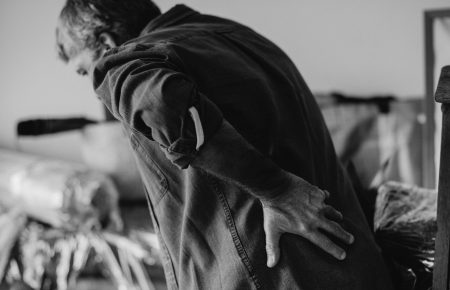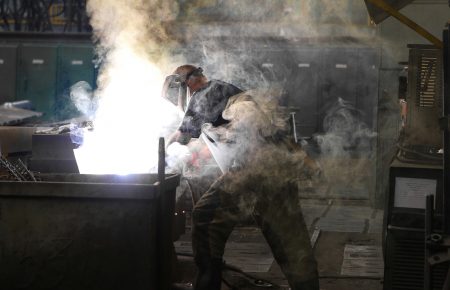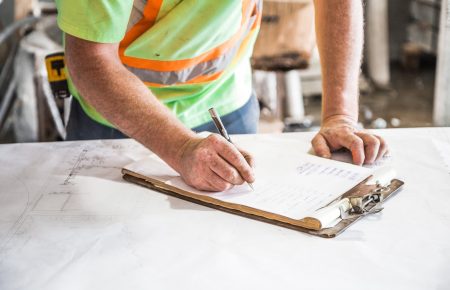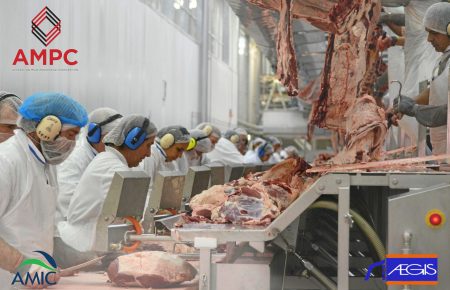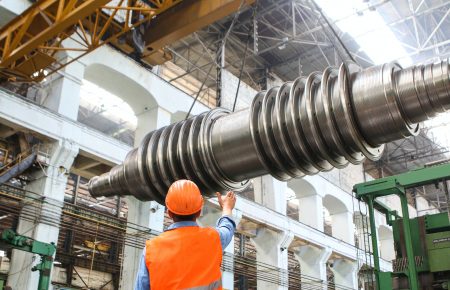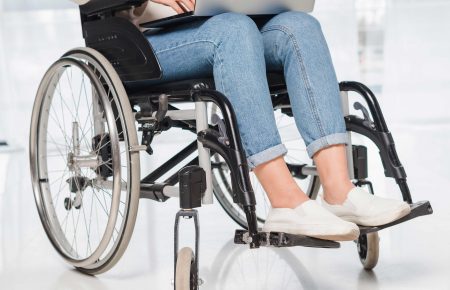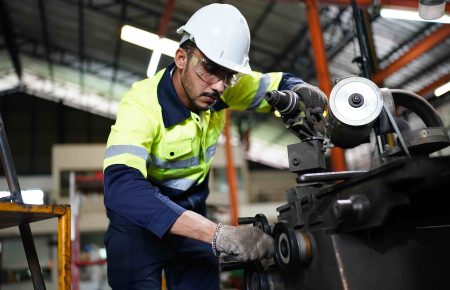“It is entirely unclear how, or on the basis of what evidence, the Panel came to a contrary conclusion.”
The Victorian Ombudsman’s report 2019 into Workers Compensation provided numerous examples of the Medical Panel overturning 130-week terminations. The terminations had been on an IME’s determination that a worker had capacity for suitable employment.
The Ombudsman’s report quotes the then Convenor of the Medical Panel as saying that Medical Panels “. . . pretty consistently saw the suitable employment test not being applied appropriately” and stating that it “was a very difficult test to apply which IMEs did not understand very well.”
Ironically in the case of Petrogas V Doolan & Ors — a 2016 decision relating to a workers’ compensation claim — the judge had the same to say about the Medical Panel, identifying that the Panel made significant errors in reaching their determination that Mr Doolan had no capacity for suitable employment:
1. Stating that the suitable employment options were outside of Mr Doolan’s physical capacity.
[9] No aspect of these duties above provides any support for the Panel’s conclusion that the suitable employment options involved activities including prolonged standing, the need to bend and squat from time to time and the need to move about in environments which may have uneven or slippery surfaces which would put the Plaintiff at risk of injury’. Mr Keogh SC, who appeared with Mr Belmar on behalf of Mr Doolan, conceded this to be so. Contrary to the finding of the Panel, the duties for the position of data entry clerk are consistent with those duties being able to be performed from a seated position.[10] Without setting out in detail the duties of the remaining clerical positions identified as suitable employment options, I have no hesitation in concluding that, with the possible exception of the mail clerk position, each of the other positions involved duties which predominantly could be undertaken from a seated position. The same may be said of the product assembly position. Thus, it is entirely unclear how, or on the basis of what evidence, the Panel reached the conclusion that the suitable employment options identified in the Vocational Assessment Report involved activities including prolonged standing, the need to bend and squat from time to time and the need to move about in environments which may have uneven or slippery surfaces which would put the Mr Doolan at risk of injury.
2. Stating that Mr Doolan lacked the required experience and transferrable skills for the identified roles.
[11] Equally mystifying is the Panel’s conclusion ‘that the Plaintiff does not [have] the required experience or transferrable skills for him to be able to gain employment in a clerical field’.[13] It is apparent from Mr Doolan’s employment history that he is a person of at least average, and probably above average, intelligence. He has tertiary qualifications having completed a diploma in horticulture. He has been a member of the Australian Federal Police and worked as an occupational health and safety officer. His employment history is consistent with him having a capacity to turn his hand to a wide range of employment tasks. Putting to one side the question of his physical capacity, his educational and employment history strongly suggests that he would be capable of performing duties of a clerical nature. It is entirely unclear how, or on the basis of what evidence, the Panel came to a contrary conclusion.
3. Addressing the question of Mr Doolan’s prospect of obtaining employment.
[17] For the sake of completeness, the Court will address one further matter which was raised on behalf of Petrogas. Mr Fleming QC, who appeared with Ms Spencer on behalf of Petrogas, submitted that the Panel fell into jurisdictional error by addressing the question of whether Mr Doolan had any reasonable prospect of obtaining employment in one of the suitable employment options identified in the Vocational Assessment Report. On five separate occasions in the Panel’s statement of reasons the Panel made a finding as to Mr Doolan’s prospects of obtaining alternative employment.
[18] Where a Medical Panel has been asked to record an opinion as to whether an individual has a current work capacity, the Panel’s inquiry should include consideration of whether the worker is able to return to ‘suitable employment’ as defined in s 3 of the Workplace Injury Rehabilitation and Compensation Act 2013. The likelihood of a worker obtaining employment is irrelevant to the question of whether employment in a particular role is suitable.
The Judge identified that the Panel’s reasons were ‘manifestly inadequate’ and the medical questions should be reviewed by a different panel and reconsidered ‘in accordance with the law’.
[16] Inadequacy of reasons will inevitably be an error of law on the face of the record. Certiorari is available to remove the legal consequences of an opinion for which inadequate reasons have been given. The Panel’s reasons are manifestly inadequate. It follows that Petrogas is entitled to an order quashing the opinion of the Panel comprised by the second to fifth defendants dated 1 March 2015.
[19] The Court will order that the opinion of the Panel comprised by the second to fifth defendants dated 1 March 2015 is quashed. An order shall be made remitting the medical questions in respect of which the certified opinion was given to a differently constituted panel to be reconsidered in accordance with law. As Petrogas has been successful in its application for judicial review it is entitled to an order that the Mr Doolan pay its costs of the proceeding, including any reserved costs. Mr Doolan is entitled to an indemnity certificate under s 4 of the Appeal Costs Act 1998.
The Ombudsman’s report provides an outline of WorkSafe’s “Health check 1 – Review of claims likely to exceed 130 weeks”.
In relation to physical claims, WorkSafe noted that two thirds of overturned decisions were based on medical panel opinion. Of these, over half the workers were over 55. WorkSafe walked away from this review with the opinion that a “Medical Panel is unlikely to conclude a worker has a capacity for suitable employment where they are over 55, their pre-injury job was physical and they have limited transferrable skills.”
I note WorkSafe have made no suggestion that the workers in these circumstances lacked capacity for suitable employment, or that the IME had erred in their assessment of the worker. Is it a stretch to conclude that WorkSafe believed that the medical panel was looking at factors (e.g. age, occupation, etc) which are outside of the criteria relevant for an assessment of suitable employment?
 What other factors, irrelevant to the determination of capacity for suitable employment, is the medical panel incorrectly considering as part of their assessments.
What other factors, irrelevant to the determination of capacity for suitable employment, is the medical panel incorrectly considering as part of their assessments.
In Petrogas v Doolan & Ors the Panel incorrectly included their opinion as to whether the Mr Doolan would find employment in their decision. The WIRC Act (2013) clearly identifies that this is not a factor to be considered when looking to determine a capacity for suitable employment
If this is the case, it would provide some explanation as to why so many decisions that go to Medical Panel are overturned. It is not, as the Convenor of the Medical Panel suggested, that the IME’s do not understand the test, but that the Panel themselves are failing to apply the criteria outlined in the WIRC Act (2013).
The Ombudsman put forward the overturning of insurers’ decisions by the Medical Panel as evidence to support her claims that the scheme was “immoral and unethical”. One must question whether she reviewed the Panel decisions themselves to ensure, as per the decision in Petrogas v Doolan & Ors, that the decisions were made “in accordance with law.”
The success of Petrogas in 2016 appeared to go under the radar, and I have been unable to locate any further examples of Employers challenging the decisions of the Medical Panel. This may be because employers do not know they can, or because the process is too costly. There are no “No Win – No Fee” lawyers working on behalf of Employers and no conciliation process available for the Employers who fund the scheme.
Following from the second Ombudsman’s report, we seem to be moving further towards a scheme where Employers have no rights but bear all the liability.
The Victorian scheme deteriorated significantly in 2018/2019 following to the Ombudsman’s report and the resultant significant reduction in actions and strategies that WorkSafe will allow their Agents to apply towards worker non-compliance and refusal to return to work.
| WorkSafe Victoria – Claims Expense | |||
| 2015/2016 | 2016/2017 | 2017/2018 | 2018/2019 |
| $2.84 Billion | $2.51 Billion | $2.79 Billion | $4.53 Billion |
* information as per Worksafe Victoria’s 2015/2016, 2016/2017, 2017/2018 & 2018/2019 Annual Reports
To correct the significant deterioration of the scheme, Employers and insurers need to explore every avenue available to them to ensure that only those workers who meet the legislative criteria are in receipt of compensation.
As such I encourage Employers and Insurers to review all decisions made by the Medical Panel ensuring that their decisions are made in accordance with the law and are not a result of their process, assumptions, bias, or perceptions.
“The Panel’s reasons are manifestly inadequate”
Judge McDonald – Petrogas Pty Ltd v Shane Doolan & Ors


